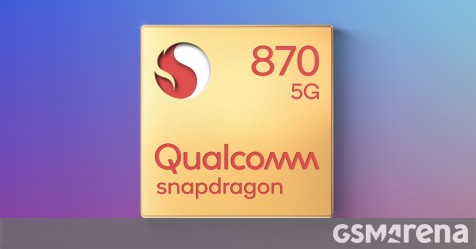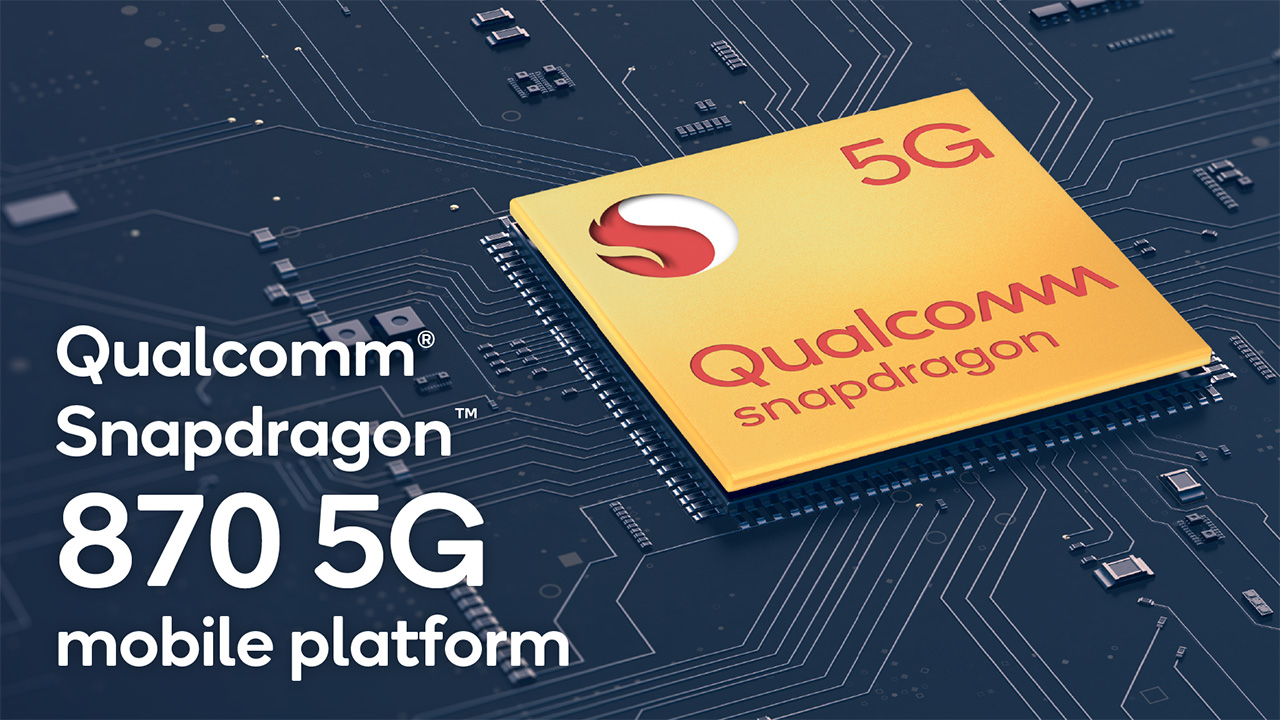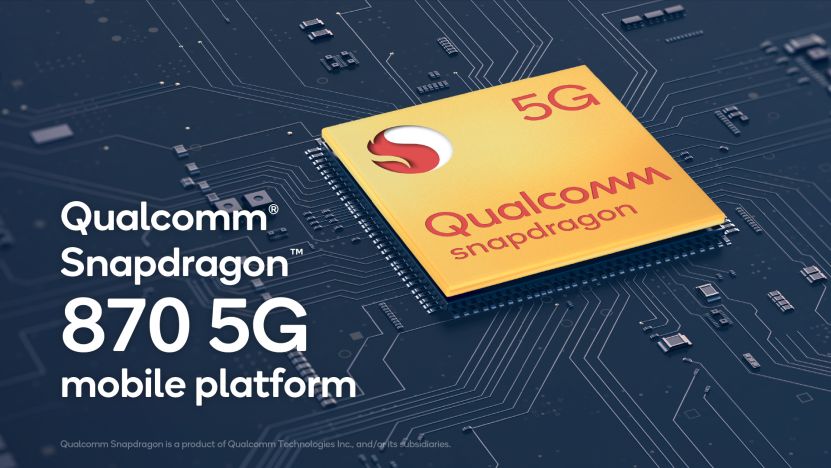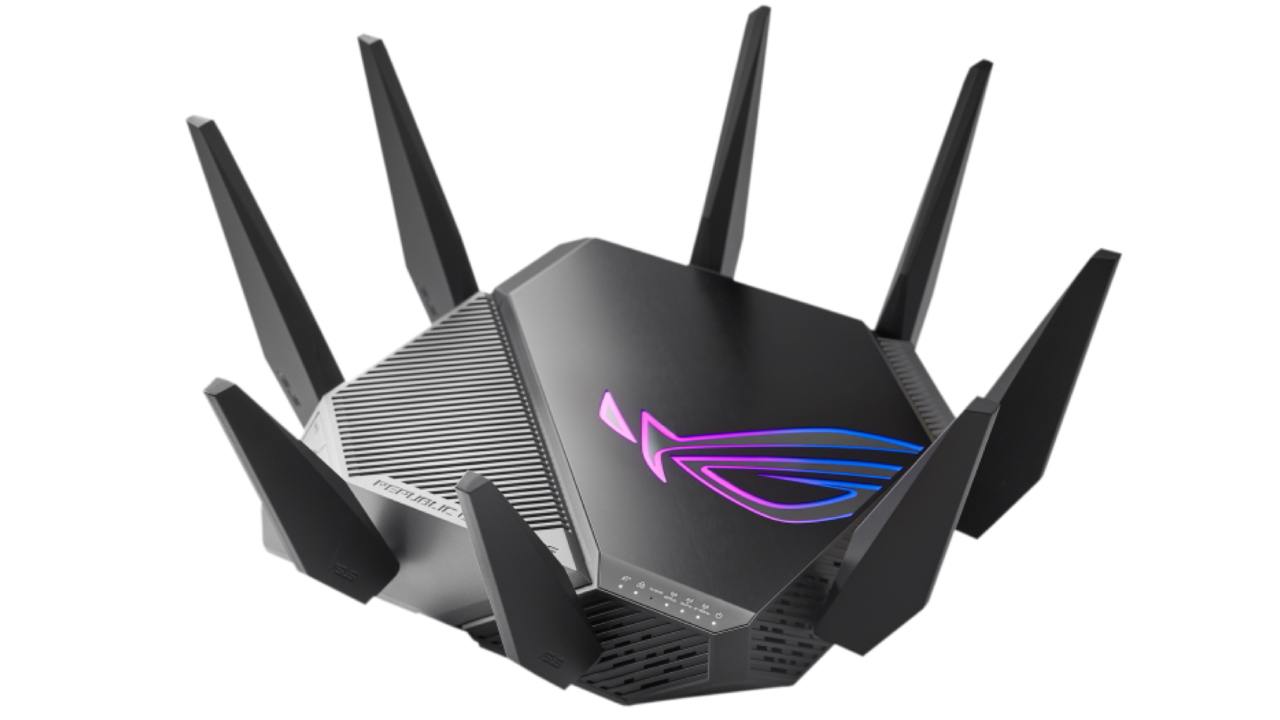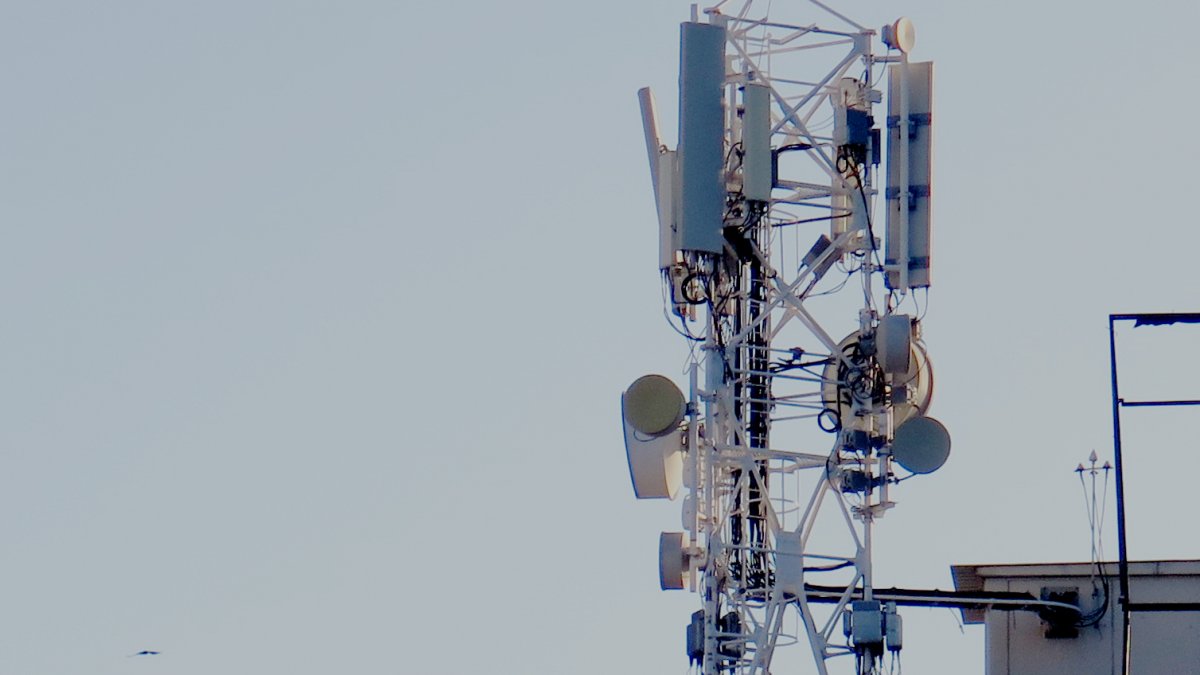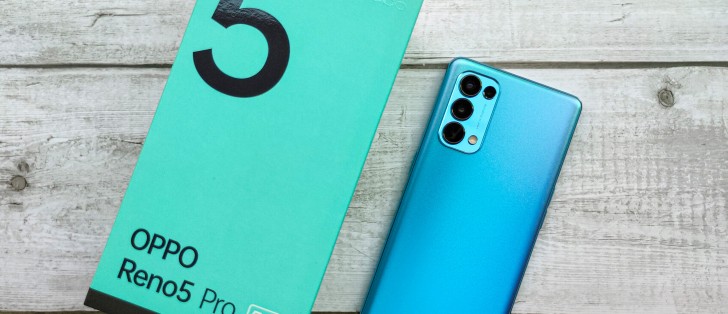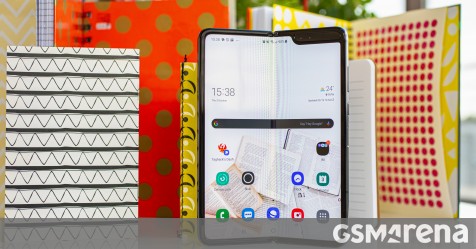Testing Tests overview Smartphone Oppo Reno 4 Pro in the test: Top smartphone for 500 € Motorola Moto G 5G Plus test: A lot of battery for little money Huawei P Smart 2020: Budget model with room for improvement Asus Zenfone 7 Pro: Turbo smartphone with flip camera Samsung Galaxy Xcover Pro in the test: hard but slow Oneplus Nord N 10 5G in the test: galloped in price Oppo Find X2 Pro in the test: performance bargain Smartwatch Oppo Watch in the test: Great AMOLED Smartwatch from 240 € Samsung Galaxy Watch 3 in the test: competition for Apple? Huawei Watch GT 2 Pro in the test: Smartwatch with cross-country battery Apple Watch: Smartwatch with contract from 15 € per month Buy Apple Watch 6: All generations in the price -Check Skagen Falster 3 in the test: Smartwatch with Wear OS Test Huawei Watch GT 2: Noble fitness tracker in watch form Multiroom Ikea Symfonisk table lamp in the test: Sonos with lamp Ikea Symfonisk in the test: Sonos loudspeakers under 100 Euro Bose Portable Home Speaker in the test: Battery, WLAN, Airplay 2 Sonos Move in the test: The robust all-rounder Musiccast: Multiroom from Yamaha in the test Denon Heos in the test: versatile multiroom system Flat soundbar Teufel Sounddeck Streaming in the test Keyfinder Tile Slim (2019): Key finder in credit card format Bluetooth key finder Tile Pro in the test: 122 m range! Key finder Tile Pro in the test: the range champion Orbit Bluetooth tracker in the test: looking for wallet and keys Nonda iHere 3.0: smart key finder in the test Chipolo Classic and Plus : Bluetooth key finder under test Musegear finder 2: Key finder without mandatory registration Action-Cam DJI Pocket 2 in the test: Zoom and 64 – Megapixel sensor Actioncam Insta 360 One R: 1-inch image sensor in the test Gopro Hero 8 Black in the test: Back to the top Insta 360 One R in the test: The modula re Actioncam Motorola Moto G8 Plus test: Great smartphone, but … Insta 360 Go: Micro-GoPro in the test Motorola One Action Test: good hardware, bad camera microSD In the test: Kingston UHS-I U3 microSDXC Kit MicroSD card for smartphone: Samsung Evo Plus 2017 Test report: Lexar Professional 1800 x microSDXC Kit Test report: Intenso Premium microSDXC – Card with 64 GByte Android Sonos Move in the test: The robust all-rounder Honor 20: Inexpensive high-end smartphone in the test Xiaomi Mi 9: Top technology at a bargain price Doogee S 90 in the test: modular outdoor smartphone ZTE Axon 07 Pro in the test: high-end phone at a competitive price Motorola Moto G7 Power in the test: large battery, small price Sony Xperia 10: Smartphone with 21: 9 display in the test Adviser Guide overview Purchase advice The right cordless screwdriver for the home workshop Bargain: Which Fire TV Stick from 19 € is the right one? Purchase advice: What good is a leaf blower with a battery for 45 Euro? True wireless headphones: How much do you have to invest? Buying advice water cooling: High-end PCs cool better Advice: Air conditioning and fan against the heat wave Sony shows the Xperia 1: Is the predecessor XZ3 worth it now? Practice Caution, money away: Kickstarter & Co. are not Shops Switch off Android notifications from annoying apps This is how it works: Install the new Android L keyboard now Tip: Use “Ok Google everywhere” in Germany In the test: Does the jailbreak work for iOS 7.1? Goderma and mobile medicine: The doctor apps are coming! Instructions: Jailbreak for iOS 7 on iPhone 5S, 5, 4S and 4 Technology Importing technology from China, part 2: Customs, taxes and tricks Drones & copters: From toys to FPV racers What does the end of an ecosystem mean? Smartphones with a flexible display: What’s the point? Overview of smartphone processors: Everything Snapdragon? Evolutionary dead ends: the very worst cell phones mpass: Pay with the NFC mobile phone or the NFC toilet roll Display calculator Calculate pixel density, number and display proportion Leaderboard Test winner Price comparison Price comparison overview Smartphones from Android 7.0 Phablets with stylus Fitness tracker with GPS Bluetooth headphones with ANR Drones with GPS Video TechStage Test Oppo Reno 4 Pro in the test: top smartphone for 420 € Beginning Design Display Camera Equipment Battery Price Conclusion Comments from Stefan // 18. 01. 2021 17: 07 Clock
Oppo is hardly known in this country, but some models offer real top performance. The Oppo Reno 4 Pro comes with about 12 / 256 GByte memory, great OLED screen and flagship camera.
Oppo, Vivo, Realme – all Chinese brands that have just hit the German market and want to cut a piece out of the Huawei cake. Thanks to great technology and chic design, it actually works very well. If the price is right, the manufacturer and customer are happy.
At Oppo it is a little different. For the Oppo Reno 4 Pro, the manufacturer demands a full 750 Euro in the RRP – and that, though no top chipset, no IP 68 certification and no wireless charging included. In the test, we show why the purchase is still worthwhile.
Design It is chic, the Oppo Reno 4 Pro, there will probably be little counter-argument. With a depth of only 7.6 millimeters, the smartphone is really thin and the remaining dimensions of 160 × 72, 5 millimeters is moderate for a device with a 6.5-inch display. In addition, the device weighs just once 172 Gram – for all heavyweights with 172 + grams this is very positive. In addition, there is a high-quality material impression. The frame with its stylish bevels on the front and foot sides is made of aluminum, the front and back are protected against scratches with Gorilla Glass 5. Because of the rounded sides, which are quite gentle for an edge display, the frame on the sides is very narrow and the smartphone looks even more delicate.
There is also a chic back with a matt finish and gradient. Our blue test device therefore changes between medium blue and turquoise depending on the incidence of light. Thanks to the matte surface, fingerprints and other ugly fat deposits are not an issue. The great overall impression is crowned by the very good workmanship. The transitions between the different materials can only be felt minimally, there are no sharp edges. The only exception here is the protective film that sticks to the screen at the factory. It can be easily removed. The keys embedded in the side of the frame sit tight and wobble-free, the pressure point and key travel are exemplary.
Together with the evenly narrow frame around the display, the punchhole notch and the chic design, the Oppo Reno 4G is currently one of the highest quality models on the market. It is a pity that the manufacturer only offers IP protection against water and dust 54 elects. A brief downpour is not a problem, but the device must not fall into water.
All pictures of the Oppo Reno 4 Pro in the test (23 Pictures) Display The screen has a diagonal of 6.5 inches. With a resolution of 2400 × 1080 Pixel results in an image sharpness of just over 400 ppi (pixels per inch), that’s sharp. In addition, thanks to OLED technology, the display shines with strong contrasts, an excellent black level and, if desired, strong colors. In the default setting, the color rendering is quite natural. Class is the brightness: are round 500 cd / m2 in manual Mode still not very impressive, it is the measured 696 cd / m2 in automatic mode. In combination with the very good viewing angle stability typical of OLEDs, users have no problems reading content even in direct sunlight.
We liked the display in the Oppo Reno 4 Pro: The screen has a refresh rate of 90 Hertz, provides moving content more fluidly than models with 60 Hertz. In addition, the smartphone’s always-on display and its general setting options for the display are a plus point.
Camera Oppo does without data sheet prettiness with macro or depth sensors and builds an honest triple cam into the Reno 4 Pro. It consists of the main lens with 45 Megapixels, optical image stabilizer and f / 1.7 aperture, wide angle with 12, 2 megapixels and f / 2.2 as well as telelens with 13 Megapixels and f / 2.4. In front comes an optic with 32 Megapixels used.
The main camera is very good, the additional lenses are good The quality of the main camera is convincing. Image sharpness, level of detail, color reproduction and image noise are all on a very high level, and the image dynamics are very good. This puts the main camera of the Reno 4 Pro at the top level. This also applies with only slight drawbacks in poor lighting conditions, but here some high-priced competitors are a bit better, for example the Huawei Mate 40 Pro (test report). Unfortunately there is one for telephoto and wide-angle lenses n slight decrease in quality, and the coordination of the individual lenses with one another is not perfect. The result is that the telelens, for example, captures images in the memory with a lighter color and less color – this shouldn’t really happen with a smartphone in the upper price range. Overall, the image quality of the additional lenses is still good, but they do not come close to the quality of the main lens. The main disadvantages are image sharpness and image dynamics.
All original recordings with the Oppo Reno 4 Pro (37 Pictures ) The same applies to the front camera. Although it delivers very attractive images overall, it looks a bit too fishy and the image sharpness should also be higher. The main camera delivers decent, but not overwhelming results for videos. This is also due to the fact that with 4 / 30 is over and pans are never sharp. The image stabilization, like the other image quality, is otherwise arranged in the upper third of the smartphone range and therefore fits the price.
Furnishing The quality of the Oppo Reno 4 Pro is excellent, the display is great and at least the main camera is top-notch – can the rest of the equipment keep up? Mostly yes, but not in all cases. Users have to make slight compromises with the chipset. Because despite the rest of the equipment of 12 GByte RAM (!) And 256 GByte of internal memory, the manufacturer does not use the top chip Snapdragon 865 (+), but “only” on a Snapdragon 765G. The eight cores of the chip clock at up to 2.4 GHz, one Adreno 620 ensures sufficient everyday performance. For gaming, the chip with a G in its name offers a few advantages that are supposed to provide more power and faster loading times compared to the same chip without a G.
Overall, most games can be played smoothly, but for a few exceptions an 8-series chip would have been desirable – also with a view to the RRP of the Reno 4 Pro. Unsurprisingly, multitasking is not a problem with the amount of memory, but it hardly has a positive effect in benchmarks. In PCmark Work 2.0 the device reaches around 7900 points, that is roughly on par with other smartphones with Snapdragon 765G. The same applies to Antutu, here the model reaches about 256. 000 Points.
Apart from that, the Reno 4 Pro offers a comprehensive technology package with WLAN ac, Bluetooth 5.1, location via GPS, Glonass, Beidou, Galileo and QZSS as well as LTE and 5G. Instead, savings are found in the details. The ample internal (non-expandable) storage only has a UFS 2.1 speed, Wifi 6 is missing and the USB-C port only offers 2.0 standard. There is dual SIM capability and stereo speakers for this. They are loud and powerful, but the competition is a bit better here at times. The fingerprint sensor in the display is well implemented. It works quickly and reliably with light pressure.
The user interface Color OS 7.2 is above Android 10, an update to Android 11 did not exist yet. The security patch is as of December 2020 pretty up to date. Compared to before, Oppo has improved its update supply and now regularly brings patches. The Color OS interface offers a number of additional functions, but does not appear overloaded, but modern. There isn’t much bloatware on the Reno 4 Pro.
Battery pack The 4000 mAh of the built-in battery does not sound particularly impressive and it is therefore not surprising that the Oppo Reno 4 Pro does not Is cross-country skier. Nevertheless, the smartphone achieves better endurance values than some competitors with a stronger battery pack. The device comes in the PCmark battery test at 200 cd / m2 on almost 9 hours with an active screen and a brightness of 80 to 20 percent – that is with activated 90 – Hz function of the screen is a decent value. The good benchmark result was confirmed in the test. Transferred to the test routine, the device is definitely good for one, with minimal restrictions even for two days without an external power supply.
A bit of a shame with the price shown: There is no wireless charging. But the Reno 4 Pro offers another highlight: fast charging with full 65 Watt. This means that the device fully charges again in barely more than half an hour and intermediate charging is like a sprint from Usain Bolt in his best days. This is impressive.
Price It already sounded: The EIA of the smartphone is proud 799 Euros, but the street price is now significantly lower – as long as it doesn’t have to be the newer color variant Green Glitter. Otherwise there is a choice of blue and black, there are no technically different variants.
Conclusion The Oppo Reno 4 Pro is a really great smartphone that you can hardly blame. The biggest point of criticism is the price: 799 Euro RRP for a manufacturer who does not yet have a name in this country, also no wireless charging, no IP 67 and no top chipset? It’s just too much. The situation is different with the street price at which the device has now leveled off. That is more or less significantly below 600 Euro, even offers just below 500 euros already existed.
In return, buyers receive an absolutely chic smartphone, which also impresses with a great display, an extremely large amount of memory, a top-quality main camera with good additional lenses and an extremely fast-charging battery. The device competes with models such as the Oneplus 8T (review) or the Oppo Find X2 Pro (review) from our own company. Models like the Xiaomi Poco F2 Pro (test report) show that models with top chipset can be significantly cheaper.
Permalink: https://techstage.de/-11801
Tags
Flagship smartphone Oppo Smartphone All-inclusive for children: Contract & smartphone up to 15 €
